The Red Pyramid, seen from the Bent Pyramid, Dahshur
I had serious thoughts of traveling to Egypt in 1972. Now, at age 72, I thought it essential to no longer allow anything to stand in my way. The crowds are reported to be gone for the moment, there seems to be a lull in the revolution and terrorists have taken a break from killing tourists for the most part.
I clearly remember when I first felt excitement at the prospect of visiting Egypt because my son was a year old (I doubt I’m alone in pinning events to the age of my child). I’d just moved from Puerto Rico to Montreal and among the belongings I considered important enough to consign to the pallet coming by sea were my books. I’d been reading voraciously on the subject of ancient Egypt but at 27, with a family to distract me and the practicalities of our immediate future to consider, I made one stab at arrangements then let it fall by the wayside.
This time I was determined and after envisioning a basic itinerary based on other traveler’s recent reports and my own reading, I bought my flights then embarked on the nuts & bolts of itinerary. I found it much more difficult than I’d imagined. With tourism numbers as far down as they could go for several years and apparently just beginning to recover, I expected a lively response to my inquiries. It didn’t happen. As I continued to investigate I came to the conclusion that in this regard the fluctuations in numbers made little difference to the way business is done in Egypt. I somehow expected planning to be not unlike the times I’d put together trips to Morocco, but I was wrong. My best guess is that Egyptians had grown so accustomed to a strong long-term tourism industry that even precipitous drops in numbers could not shake them loose from habit, a casualness about doing business in general that I found frustrating. As a friend who lives in Luxor would have said, had I asked at that point, “It’s Egypt.”
So planning crept ahead in starts and stops and I eventually closed the gaps in booked accommodations that I thought would suit my travel style, a guide in Cairo, internal flights and other transport details, arranged in advance or solid information about which could be finalized after arrival.
The guide I ultimately arranged, after one I canceled and another that wasn’t interested in me, was fortuitous. Though at first a bit put off by my requests, I ultimately convinced the kind and thoughtful Ahmed Gamal to take me on for 2 days in Cairo. One day would be for as many pyramid sites as was practical and another for Islamic Cairo, with emphasis on traditional houses. Rather than hire a driver, the usual way, he decided to use his own car, as much I think because he was still a bit unsure about his client as for the reason given, flexibility.
The first day after my arrival in Cairo was set aside for pyramids and for chronological, as well as logistical reasons, we would begin with the oldest in Saqqara, then on to those in Dahshur and finally return to Giza. I told Ahmed in advance that I wouldn’t be going inside any of them, small spaces with mountains of stones over my head simply not a possibility, but time for photos was a must. It would be a very full day.
Saqqara, Step Pyramid of Djoser, Old Kingdom, c. 2686 - 2613 BC.
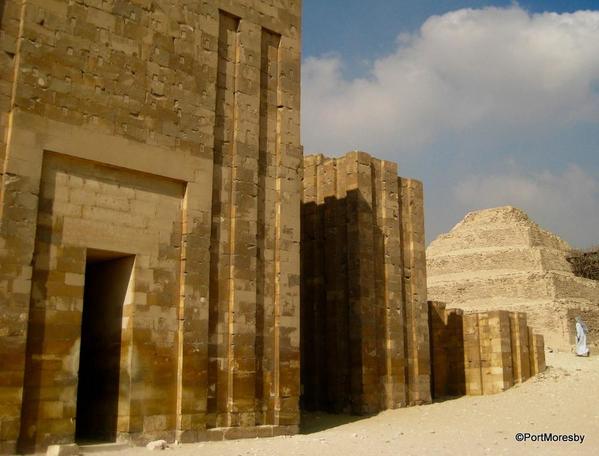
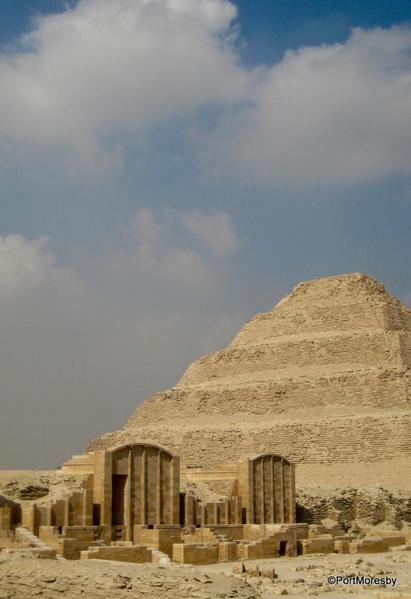

The Step Pyramid at Saqqara is the oldest Egyptian pyramid, built for King Djoser. It began as a traditional mastaba, a rectangular mud brick burial site with sloping sides and a flat top, but 5 additional mastaba structures were added on top of the original, each smaller than the previous until it was a pyramid. The priest and building supervisor Imhotep is credited with the design.
I hadn’t realized that there was a temple complex on the site, as well, and I was struck by the intensely contemporary-feeling architecture of these structures. In fact, I began to wonder if this might be the underlying source of our fascination with all the pyramids and temples, the feeling that they’re much closer to us than the number of years would suggest.
Dahshur, Bent Pyramid & Red Pyramid, King Sneferu,
Old Kingdom, c. 2613-2489 BC.
The Bent Pyramid was the next step in pyramid design, after the Step Pyramid at Saqqara. Miscalculations resulted in a correction of what were meant to be straight sides.
The Red Pyramid with the Bent Pyramid in the distance.
The Red Pyramid, built of red limestone, was ordered built after the learning process of the Bent Pyramid and was deemed a success. Other less well-preserved pyramids also occupy the Dahshur necropolis as well as those yet to be excavated.
Giza, Great Pyramid of Giza, Khufu,
Old Kingdom, c. 2613 - 2494 BC.

King Khufu, son of Senferu, using the lessons learned by his father at Dahshur as a guide, built what has become known as the Great Pyramid of Giza, the first and largest of 6 in the Giza complex and the only one of the Seven Wonders of the Ancient World remaining. Originally covered in polished white limestone, it’s the structure beneath the covering that we see today, except for a few stones left on the bottom row. The rest were removed and used for building projects in Cairo after an earthquake loosened them in the 14th century.
Four boat pits surrounded the base of the Great Pyramid and in 1954 one surviving disassembled cedar boat in 1224 pieces was discovered still buried. A museum was built over the pit and now displays the assembled boat, which I found quite beautiful.
Leaving the Giza Pyramid complex at closing time, I could only view the Great Sphinx from the road, but it was enough, maybe better seen from a distance in the softening light, as we old things sometimes are.
I’ve gained new admiration for photographers who’ve captured the glory of the pyramids. They’re big. To convey their size is tricky, to get them in their entirety in a frame one needs to move away, then the dust in the desert air thwarts one’s intent. I suspect it’s a matter of luck and time of day. For me, not an early riser, especially on my first day in the country and with only one chance, I’ll just say I did my best.
Ahmed Gamal, Egypt Tour Guide Extraordinaire,
can be reached by email, agrdaly@yahoo.com.
All episodes of 'PortMoresby in Egypt' can be found here.
Find others of PortMoresby’s contributions here.


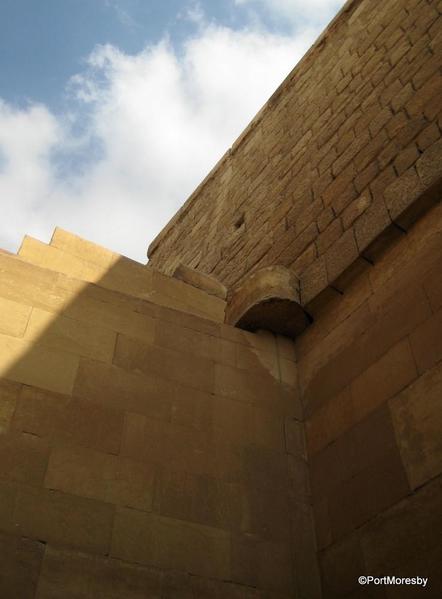
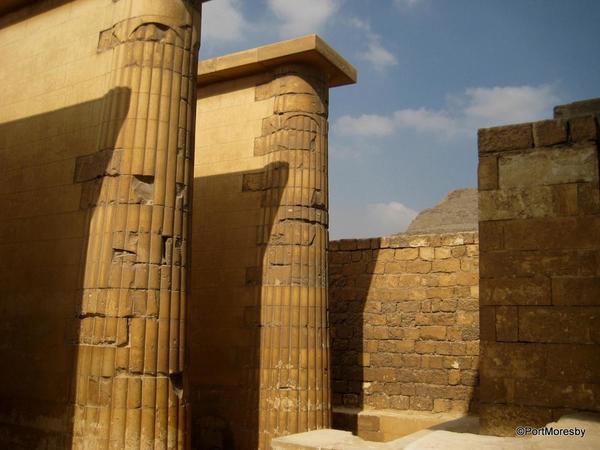
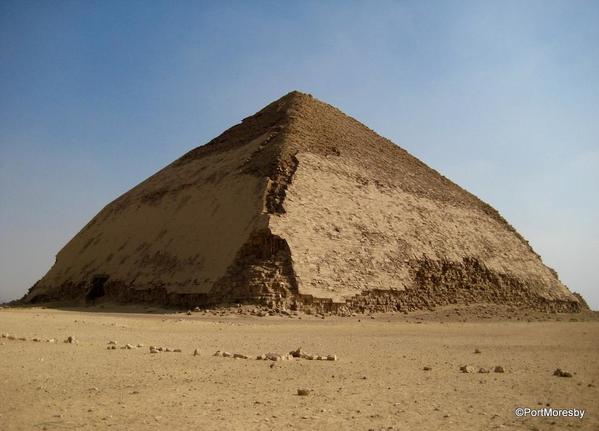
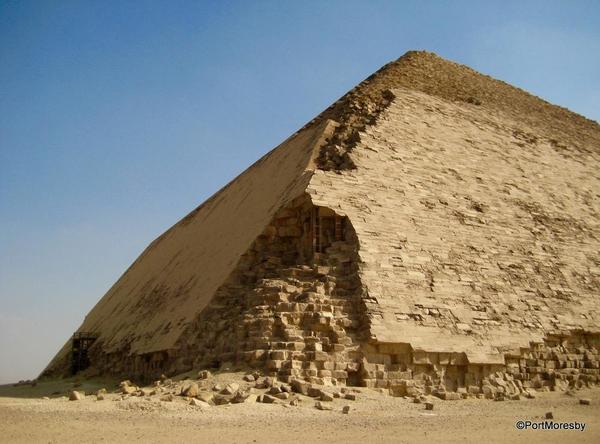
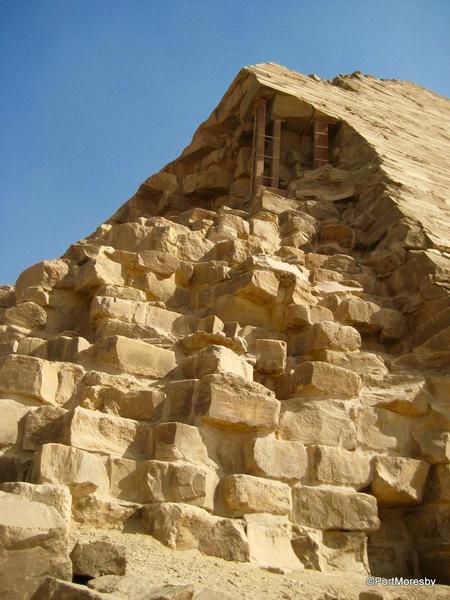
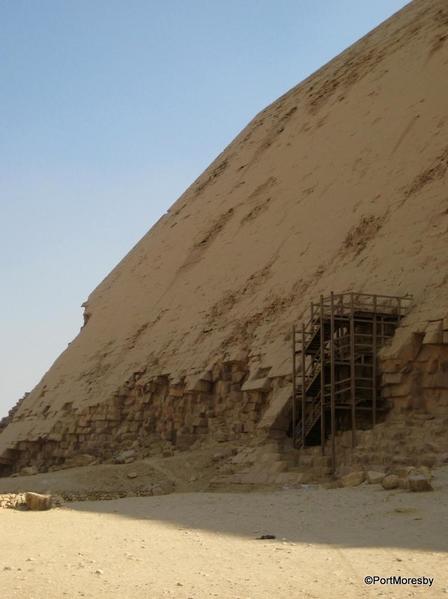
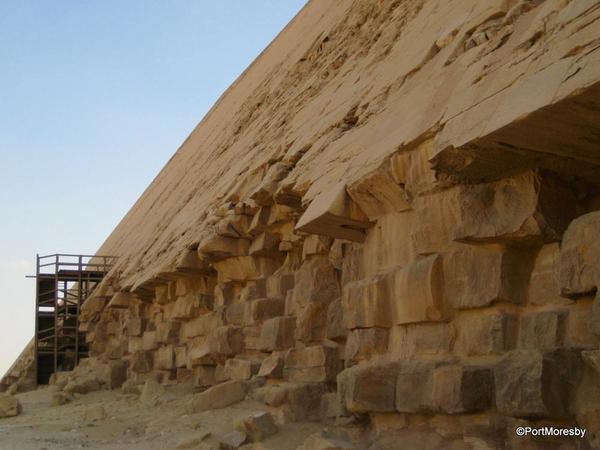
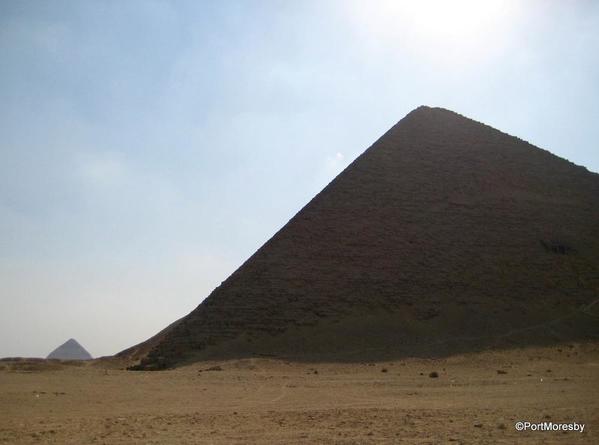
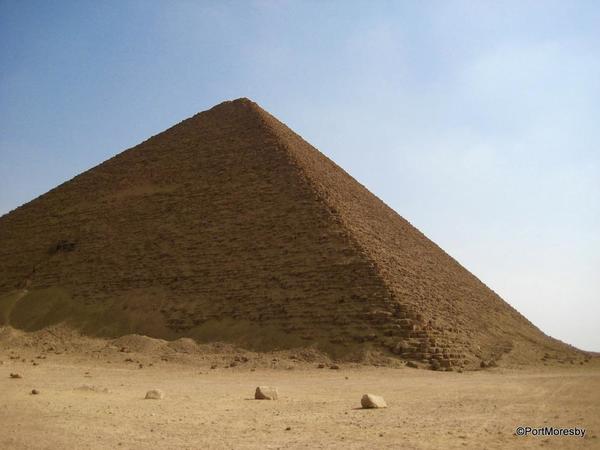
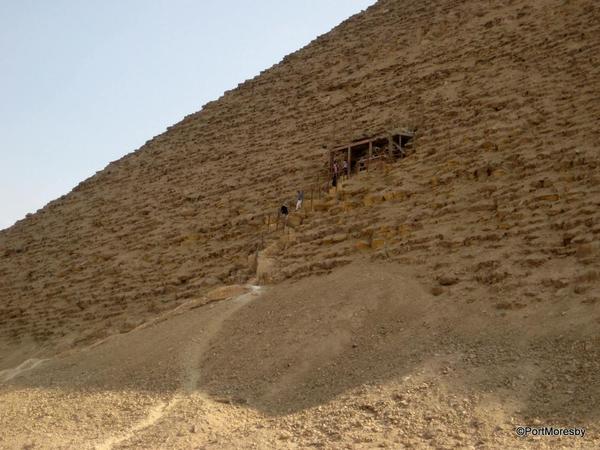
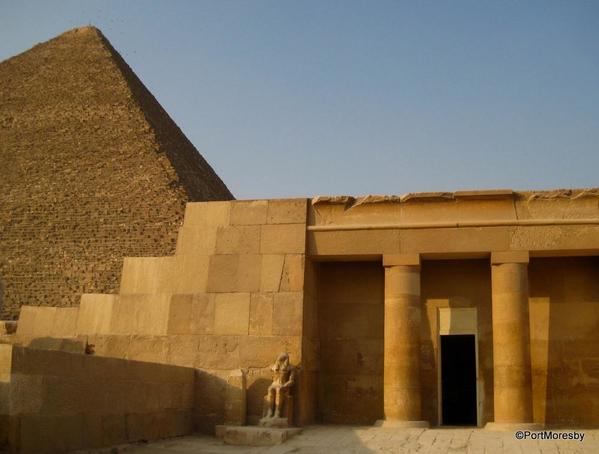
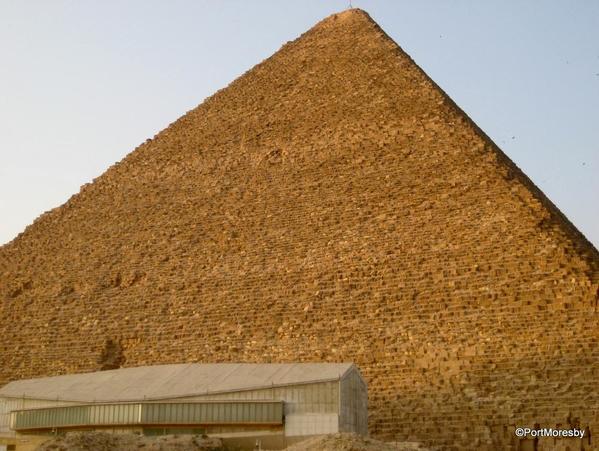
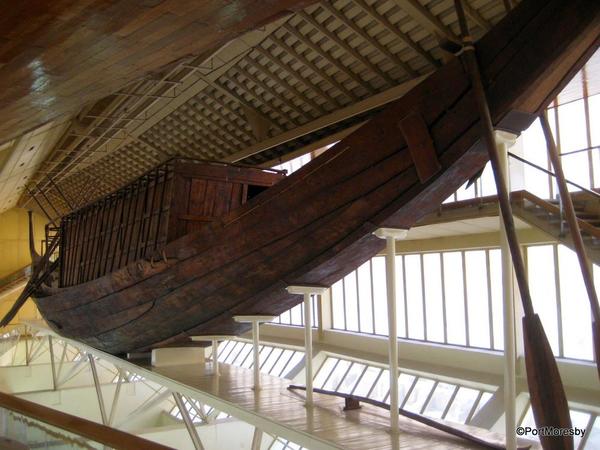
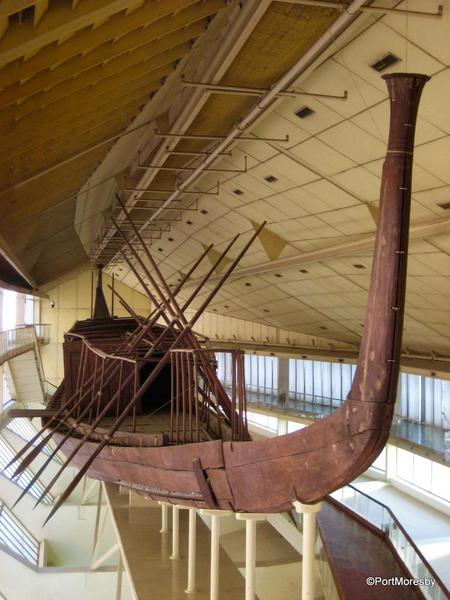

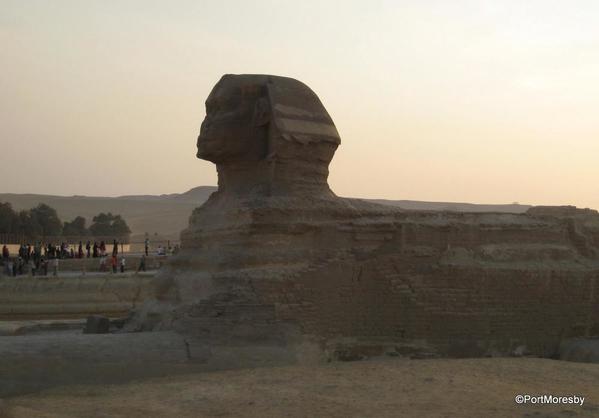




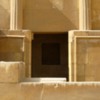









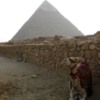







Comments (0)